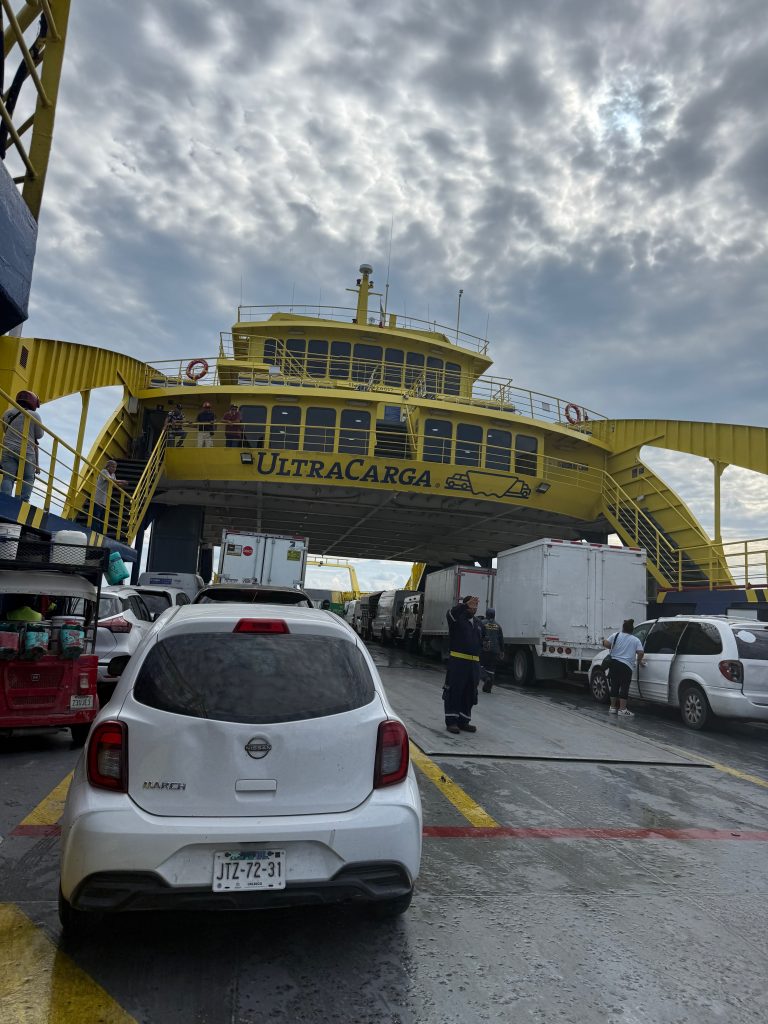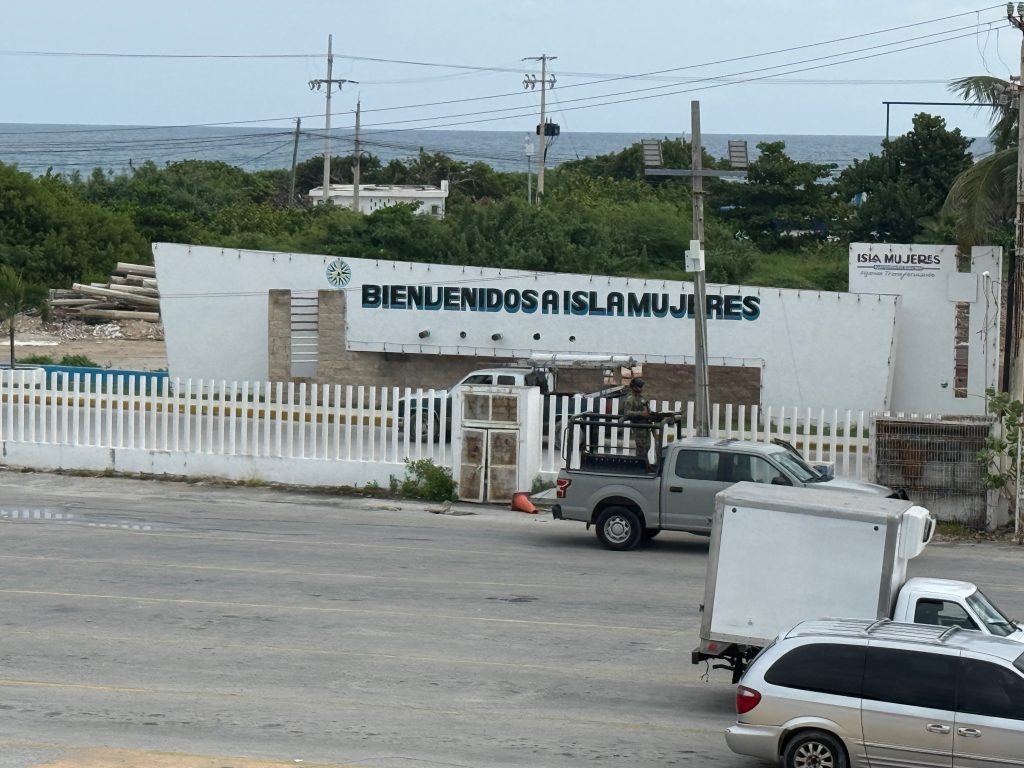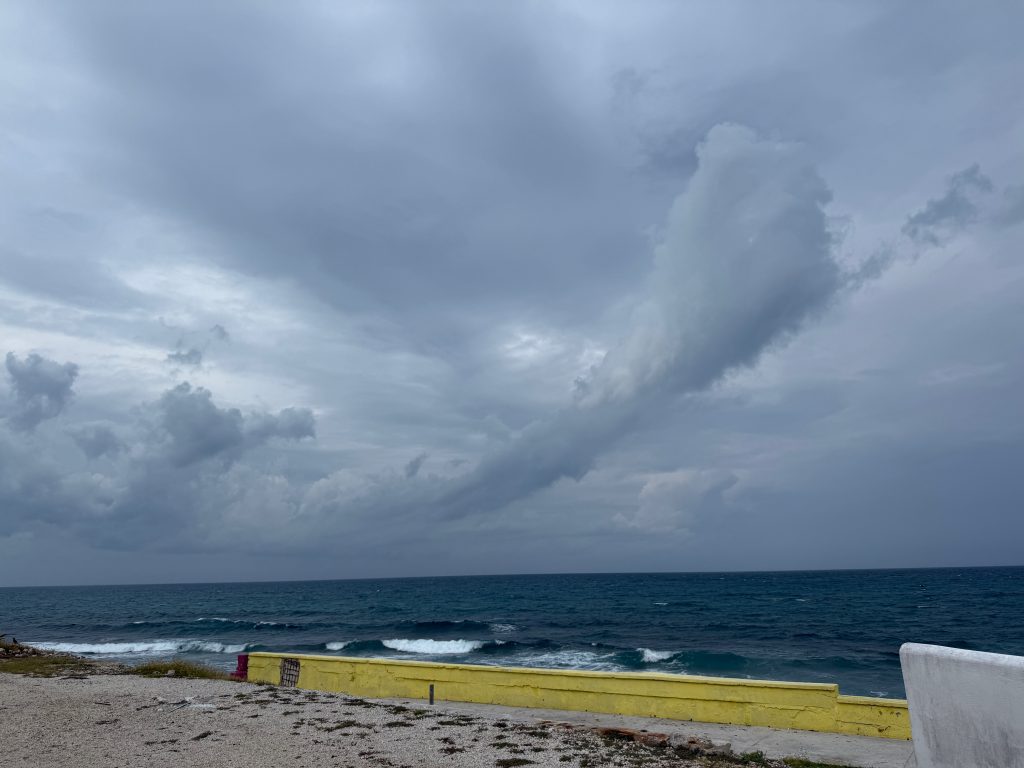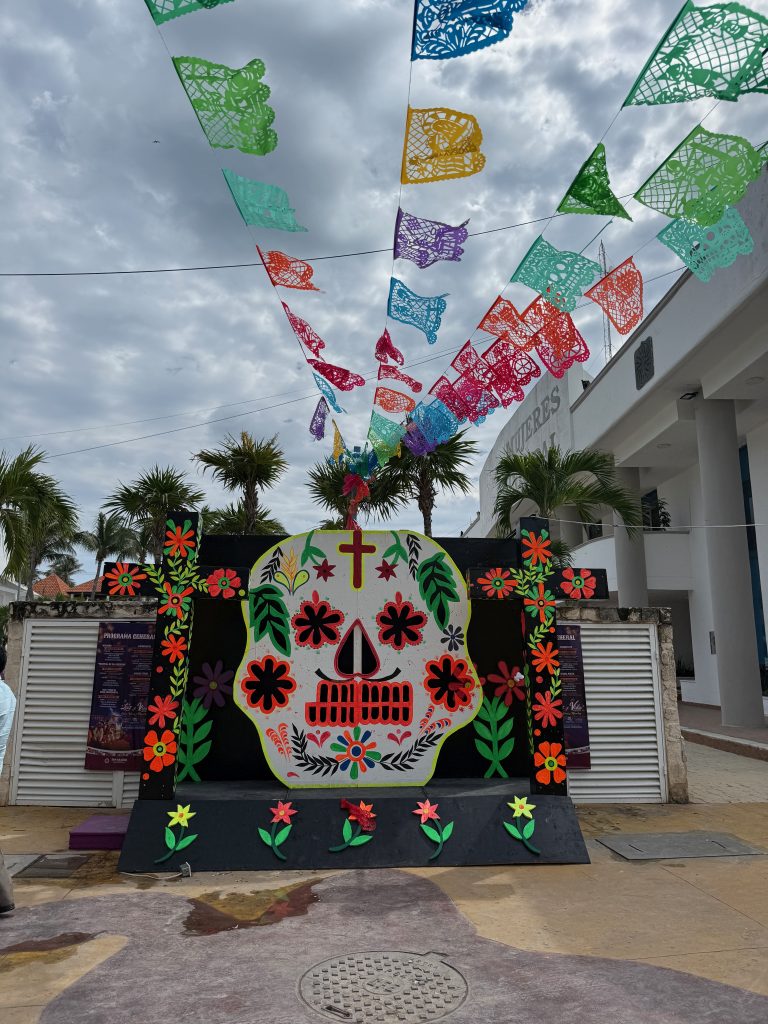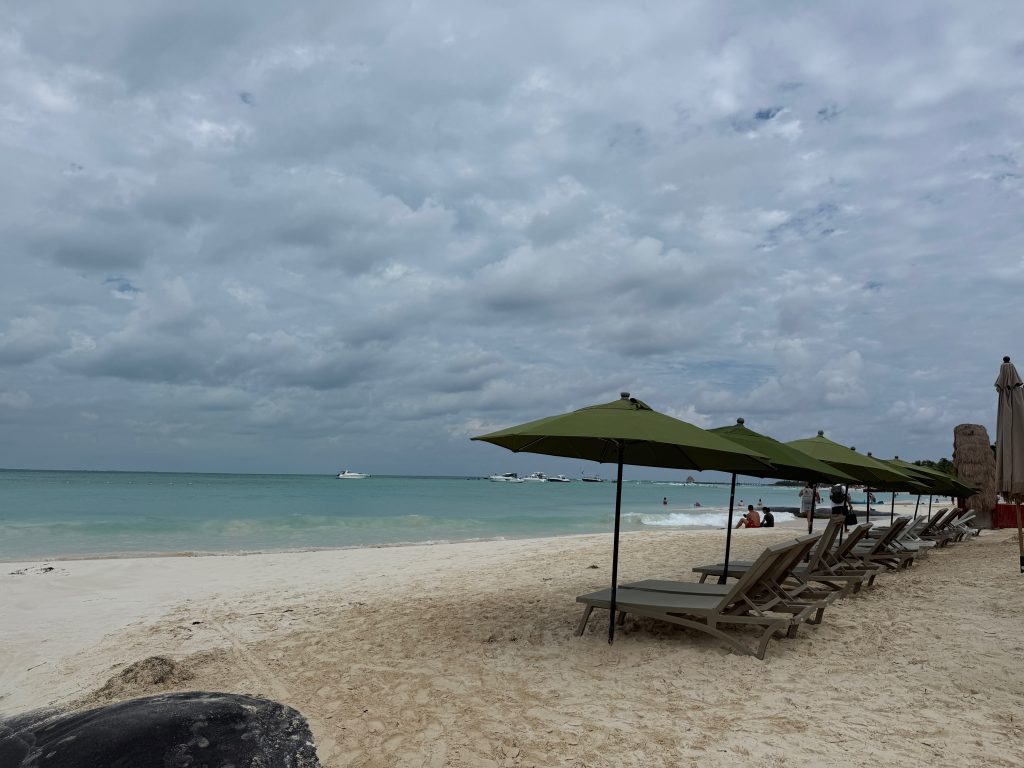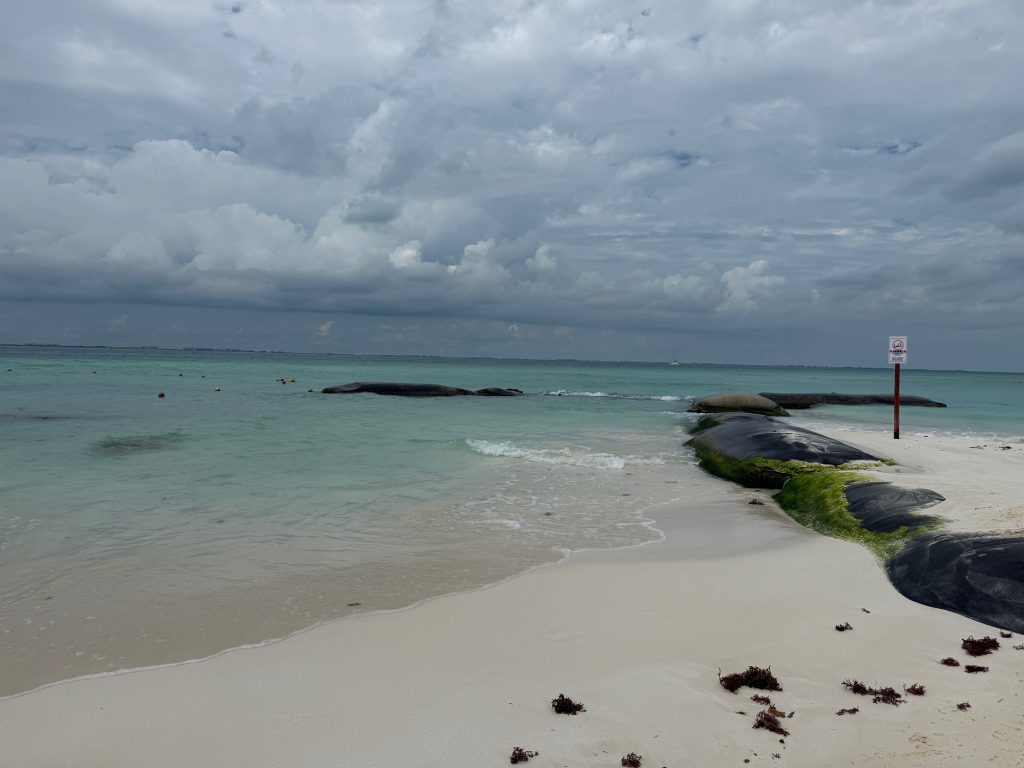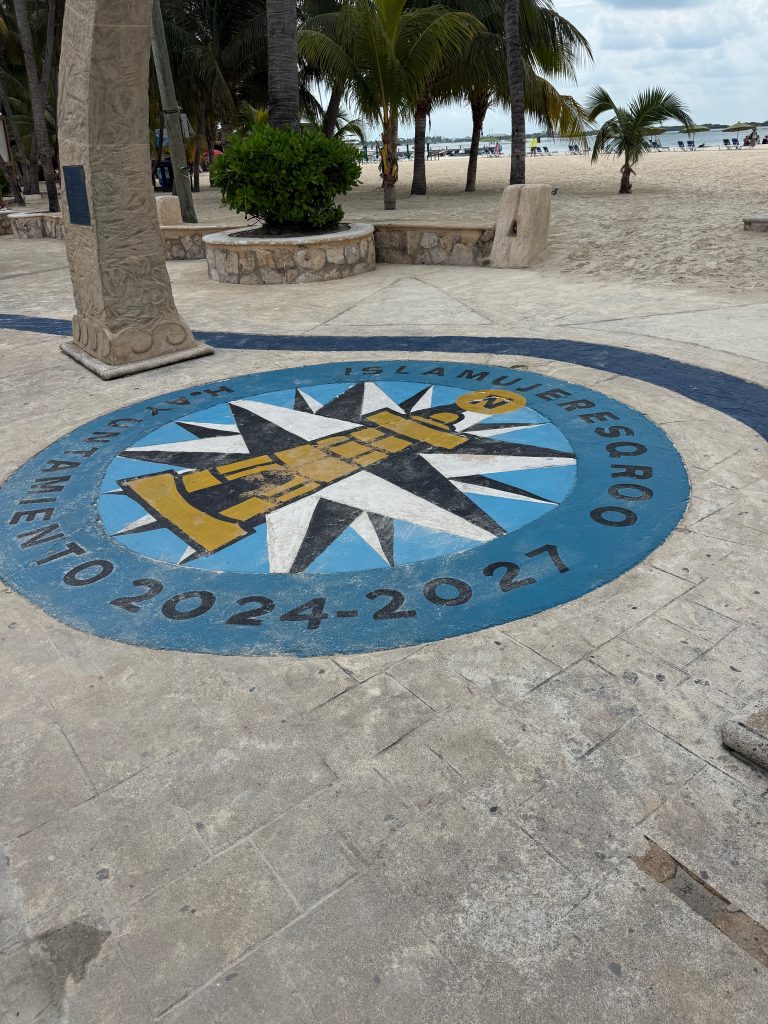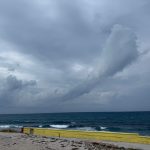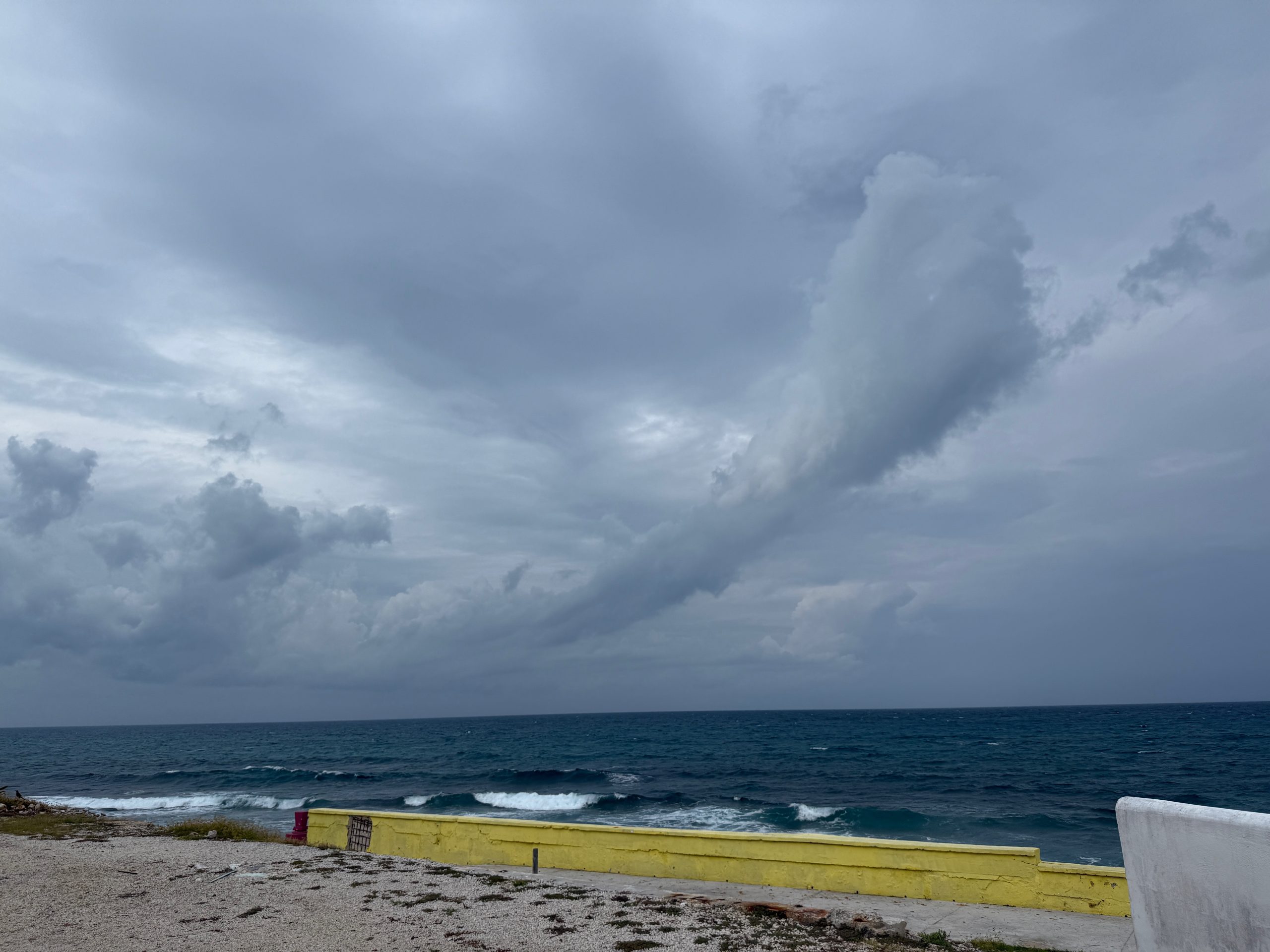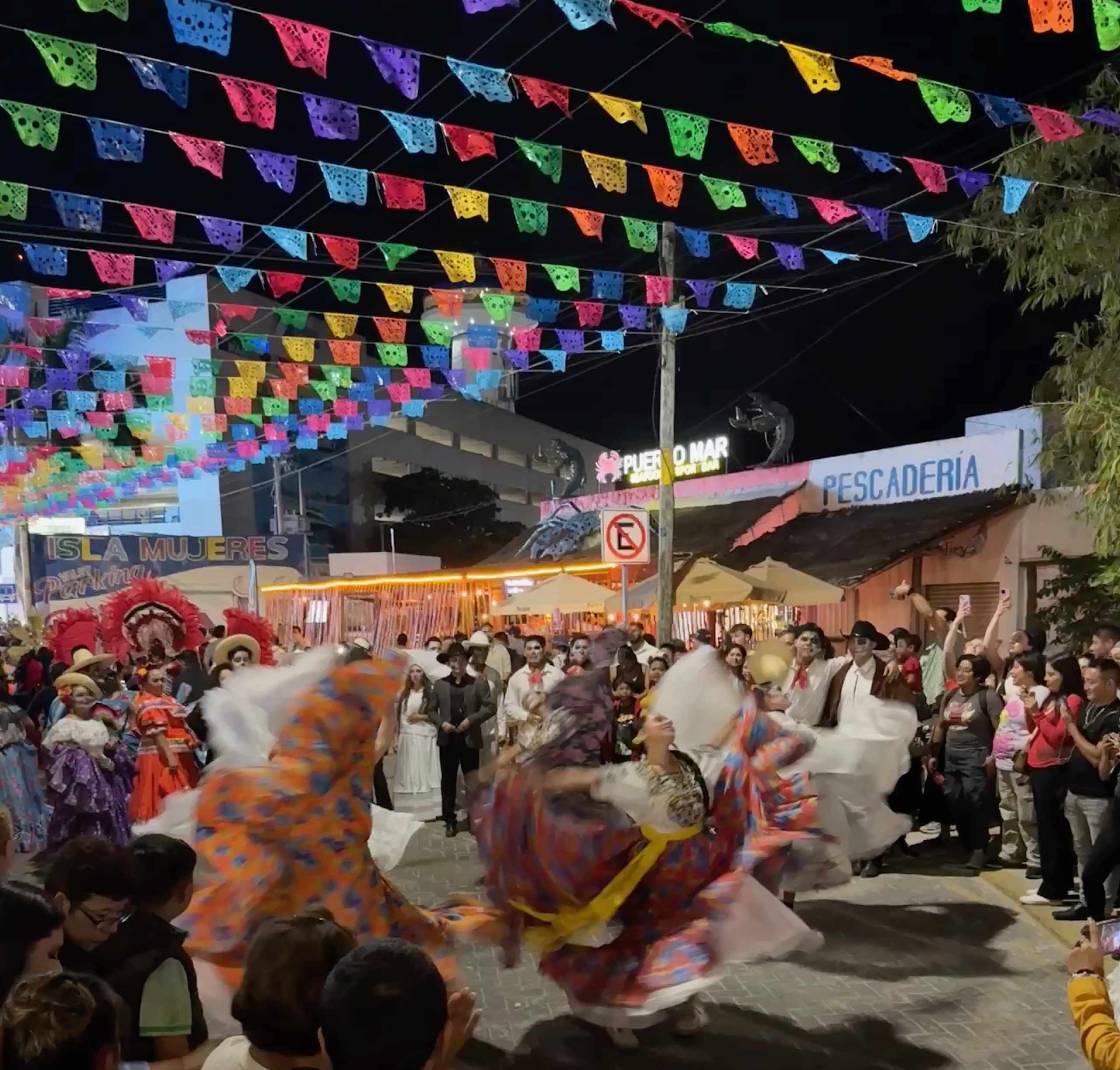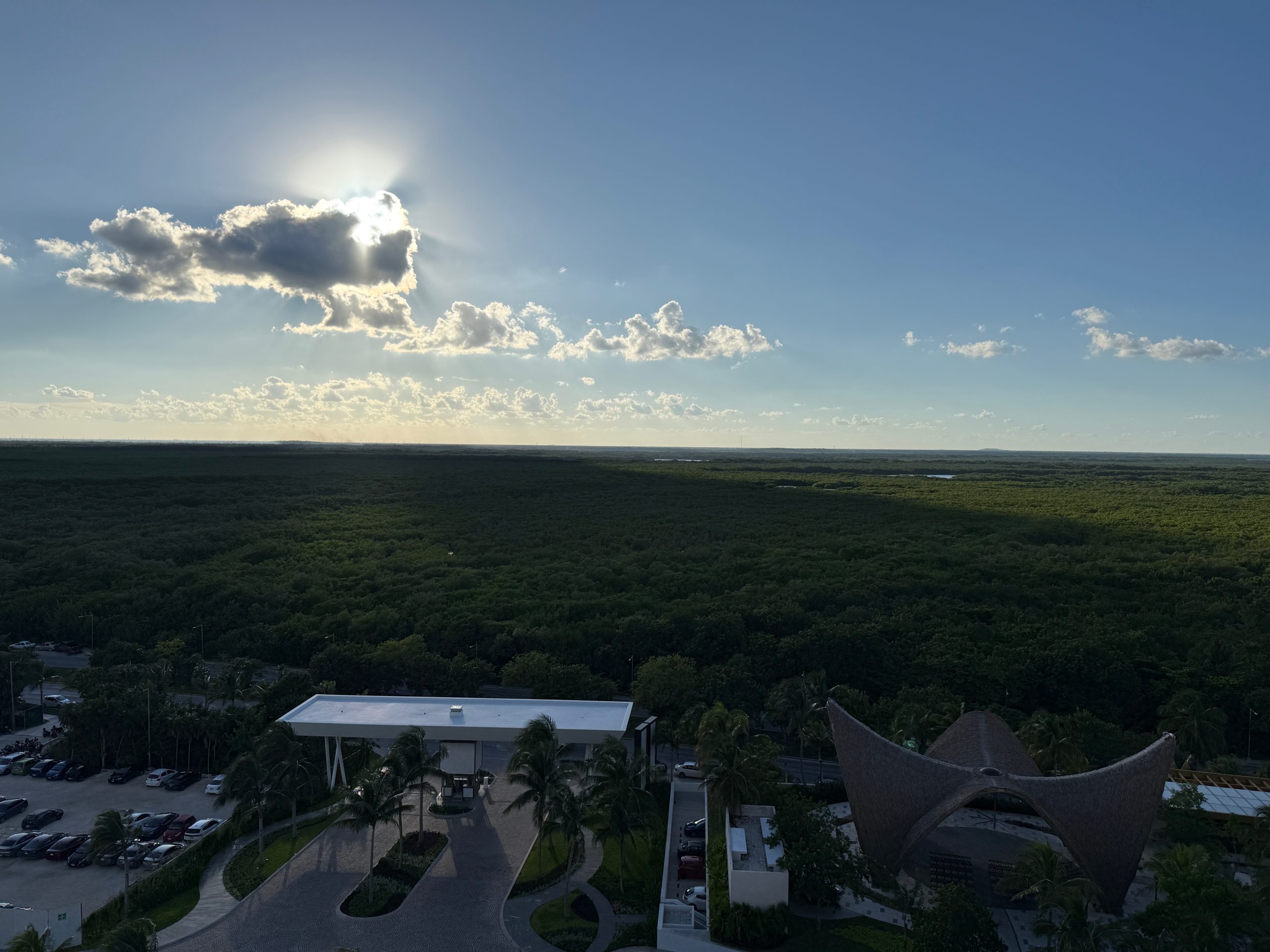Isla Mujeres (Spanish for “Island of Women”) is a small but enchanting island located about 13 kilometers (8 miles) off the coast of Cancún, in the Mexican Caribbean. Despite its modest size, only about 7 kilometers (4.3 miles) long and 650 meters (2,130 feet) wide. It has a rich history, deep cultural roots, and stunning natural beauty that make it a beloved destination for travelers seeking a mix of relaxation and tradition.
Geography and Overview
- Isla Mujeres lies where the Caribbean Sea meets the Gulf of Mexico, just off the coast of Cancun.
- It’s part of the state of Quintana Roo and the Mesoamerican Barrier Reef System, the second-largest coral reef system in the world.
- The island is known for its white-sand beaches, turquoise waters, and laid-back fishing-village charm.
Pre-Columbian and Maya History
- Long before Spanish arrival, Isla Mujeres was sacred to the Maya goddess, Ixchel, the deity of the moon, love, fertility, and medicine.
- Maya women made pilgrimages to the island to leave offerings and figurines in her honor, especially at the temple located on the southern tip (Punta Sur).
- When the Spanish explorers arrived in the early 16th century, they found many female-shaped statues dedicated to Ixchel. Hence the name “Isla Mujeres,” or “Island of Women.”
Spanish Exploration and Colonial Period
- In 1517, Spanish explorer Francisco Hernández de Córdoba was one of the first Europeans to encounter the island.
- Though it was never a major colonial settlement, it was occasionally used by fishermen, traders, and pirates who navigated the Caribbean routes.
- The surrounding waters were known for pirate activity, including famous figures like Jean Lafitte and Fermin Mundaca (a pirate-turned-settler who left a famous estate on the island, Hacienda Mundaca).
Modern Development
- For centuries, Isla Mujeres remained a quiet fishing community.
- In the 20th century, it began attracting visitors for its natural beauty and proximity to Cancún.
- As Cancún’s development exploded in the 1970s, Isla Mujeres became a peaceful alternative, less commercialized and more authentic. (The peaceful and non comercialized elements could be debated in 2025.)
Tourism and Attractions Today
- Playa Norte: One of the top-rated beaches in the world, known for calm, shallow waters ideal for swimming.
- Punta Sur: The southernmost point, with cliffs, sculptures, and the ruins of the Temple of Ixchel overlooking the sea.
- Garrafón Natural Reef Park: A marine park perfect for snorkeling, kayaking, and zip-lining over coral reefs.
- Underwater Museum of Art (MUSA): Features hundreds of submerged sculptures that promote coral growth, accessible by snorkeling or diving.
- Downtown (El Centro): A colorful area filled with local restaurants, shops, and golf carts (the island’s primary mode of transport).
Ecology and Conservation
- The island is a sanctuary for sea turtles. Especially at the Tortugranja (Turtle Farm), where eggs are protected and baby turtles are released into the sea.
- It’s also surrounded by thriving coral reefs and marine life, including tropical fish, rays, and whale sharks.
- From May to September, Isla Mujeres is one of the best places in the world to swim with whale sharks in their natural habitat.
Culture and Lifestyle
- Isla Mujeres maintains a relaxed Caribbean-Mexican culture, blending local Maya heritage with a vibrant island lifestyle.
- Annual festivals include:
- Día de la Marina (June): Celebrating the island’s seafaring heritage.
- Whale Shark Festival (July–August): Promoting marine conservation and local tourism.
- Carnaval (February): Colorful parades and music rooted in centuries-old traditions.
Key Facts
| Feature | Detail |
|---|---|
| Location | 13 km off the coast of Cancún |
| Size | 7 km long × 650 m wide |
| Population | ~13,000 residents |
| Main Economy | Tourism, fishing, and crafts |
| Famous For | Beaches, snorkeling/diving, Ixchel temple, whale sharks |
